Mirko Agarla
NTIRE 2023 Quality Assessment of Video Enhancement Challenge
Jul 19, 2023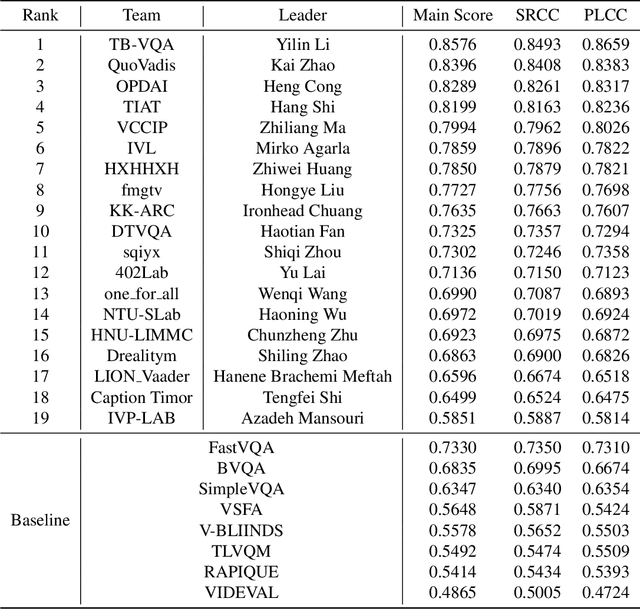
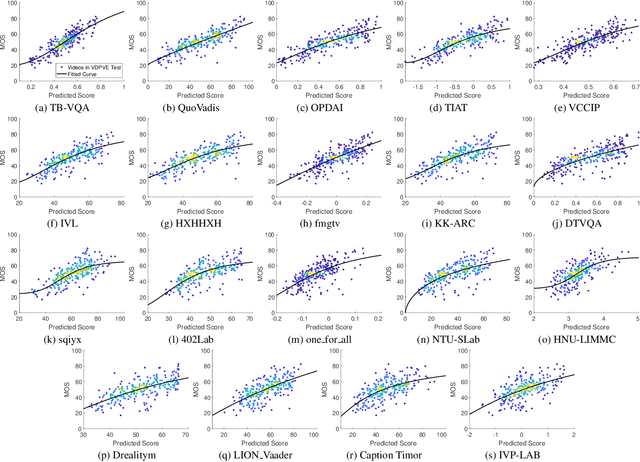


Abstract:This paper reports on the NTIRE 2023 Quality Assessment of Video Enhancement Challenge, which will be held in conjunction with the New Trends in Image Restoration and Enhancement Workshop (NTIRE) at CVPR 2023. This challenge is to address a major challenge in the field of video processing, namely, video quality assessment (VQA) for enhanced videos. The challenge uses the VQA Dataset for Perceptual Video Enhancement (VDPVE), which has a total of 1211 enhanced videos, including 600 videos with color, brightness, and contrast enhancements, 310 videos with deblurring, and 301 deshaked videos. The challenge has a total of 167 registered participants. 61 participating teams submitted their prediction results during the development phase, with a total of 3168 submissions. A total of 176 submissions were submitted by 37 participating teams during the final testing phase. Finally, 19 participating teams submitted their models and fact sheets, and detailed the methods they used. Some methods have achieved better results than baseline methods, and the winning methods have demonstrated superior prediction performance.
Semi-supervised cross-lingual speech emotion recognition
Jul 14, 2022
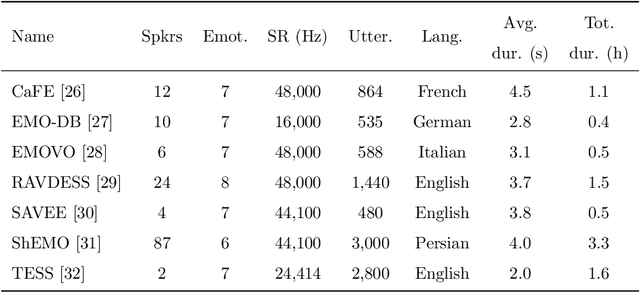
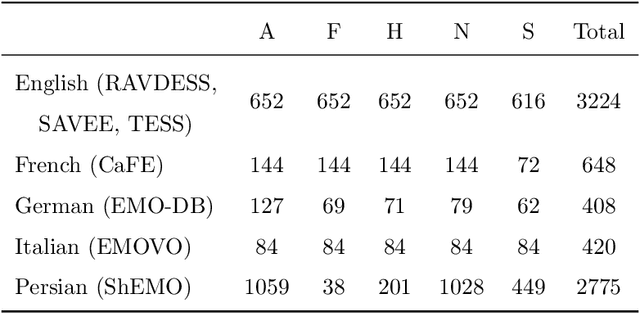
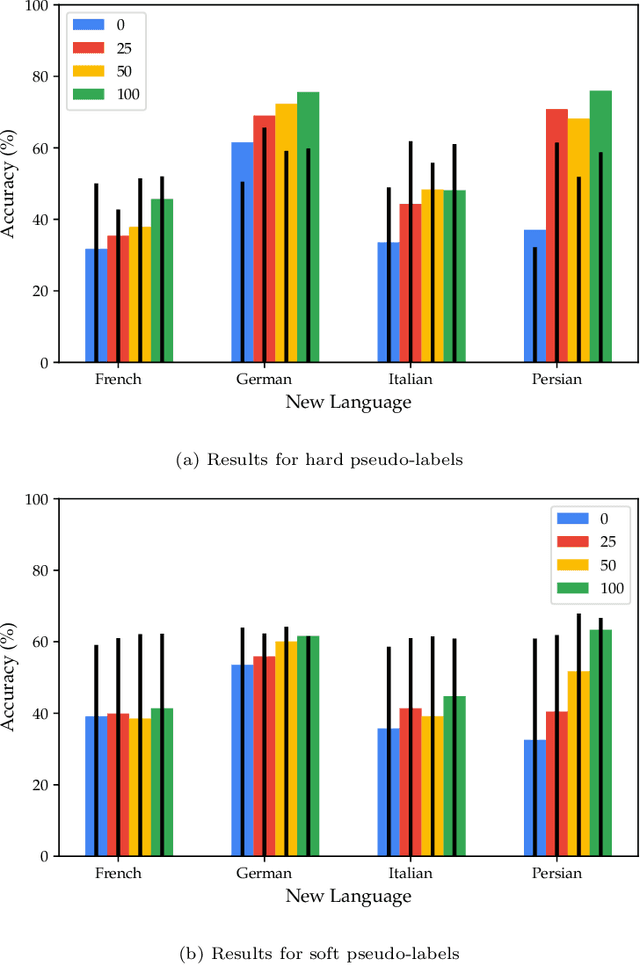
Abstract:Speech emotion recognition (SER) on a single language has achieved remarkable results through deep learning approaches over the last decade. However, cross-lingual SER remains a challenge in real-world applications due to (i) a large difference between the source and target domain distributions, (ii) the availability of few labeled and many unlabeled utterances for the new language. Taking into account previous aspects, we propose a Semi-Supervised Learning (SSL) method for cross-lingual emotion recognition when a few labels from the new language are available. Based on a Convolutional Neural Network (CNN), our method adapts to a new language by exploiting a pseudo-labeling strategy for the unlabeled utterances. In particular, the use of a hard and soft pseudo-labels approach is investigated. We thoroughly evaluate the performance of the method in a speaker-independent setup on both the source and the new language and show its robustness across five languages belonging to different linguistic strains.
 Add to Chrome
Add to Chrome Add to Firefox
Add to Firefox Add to Edge
Add to Edge